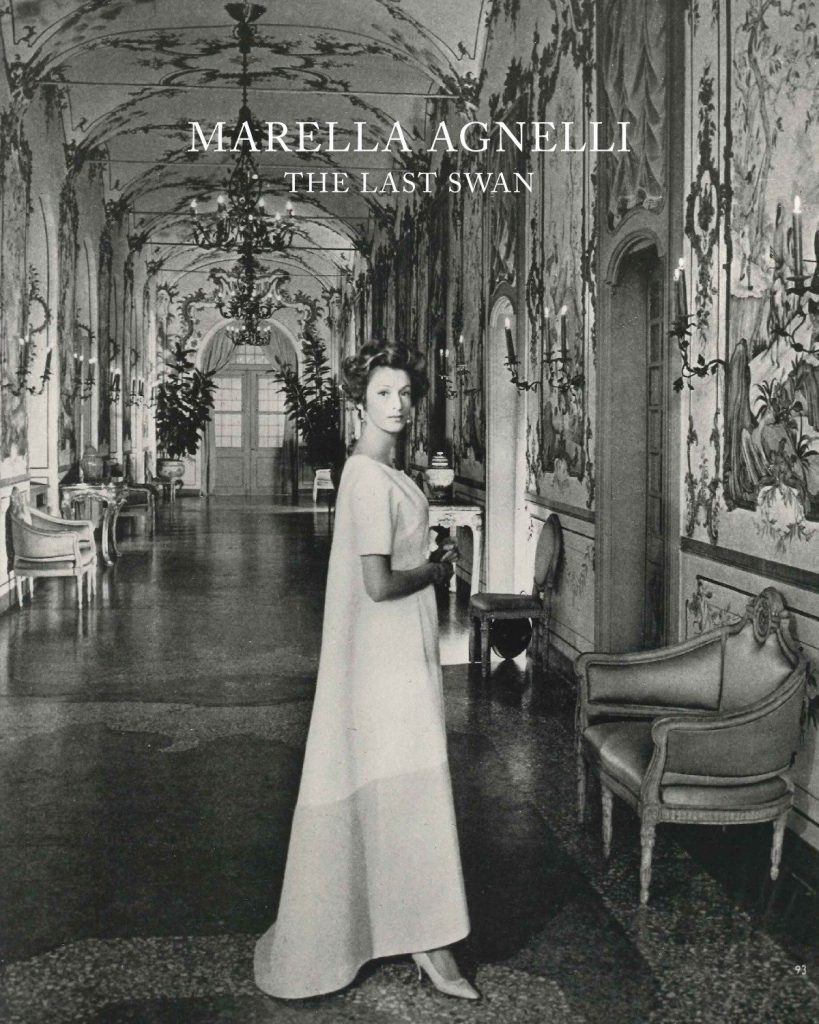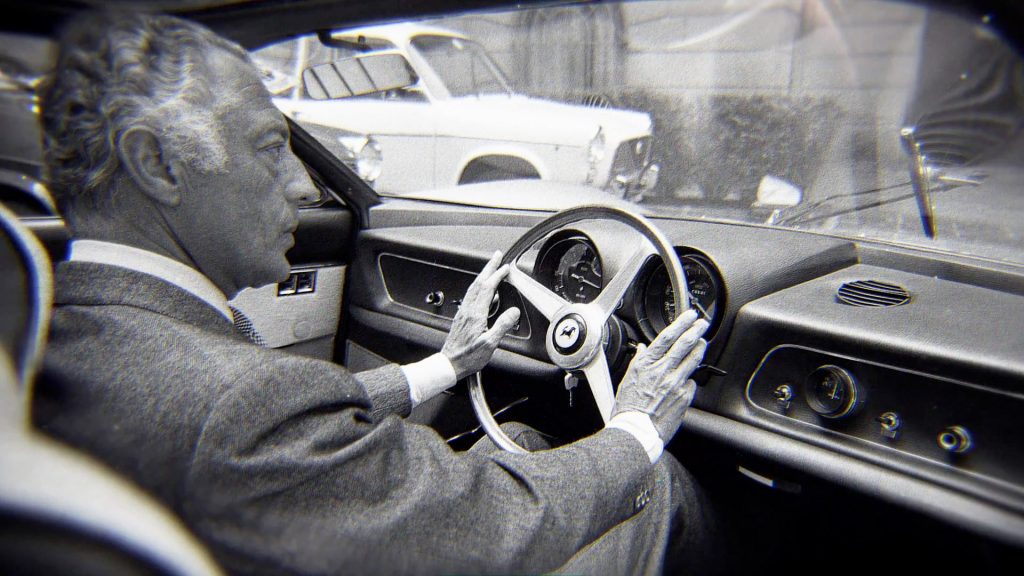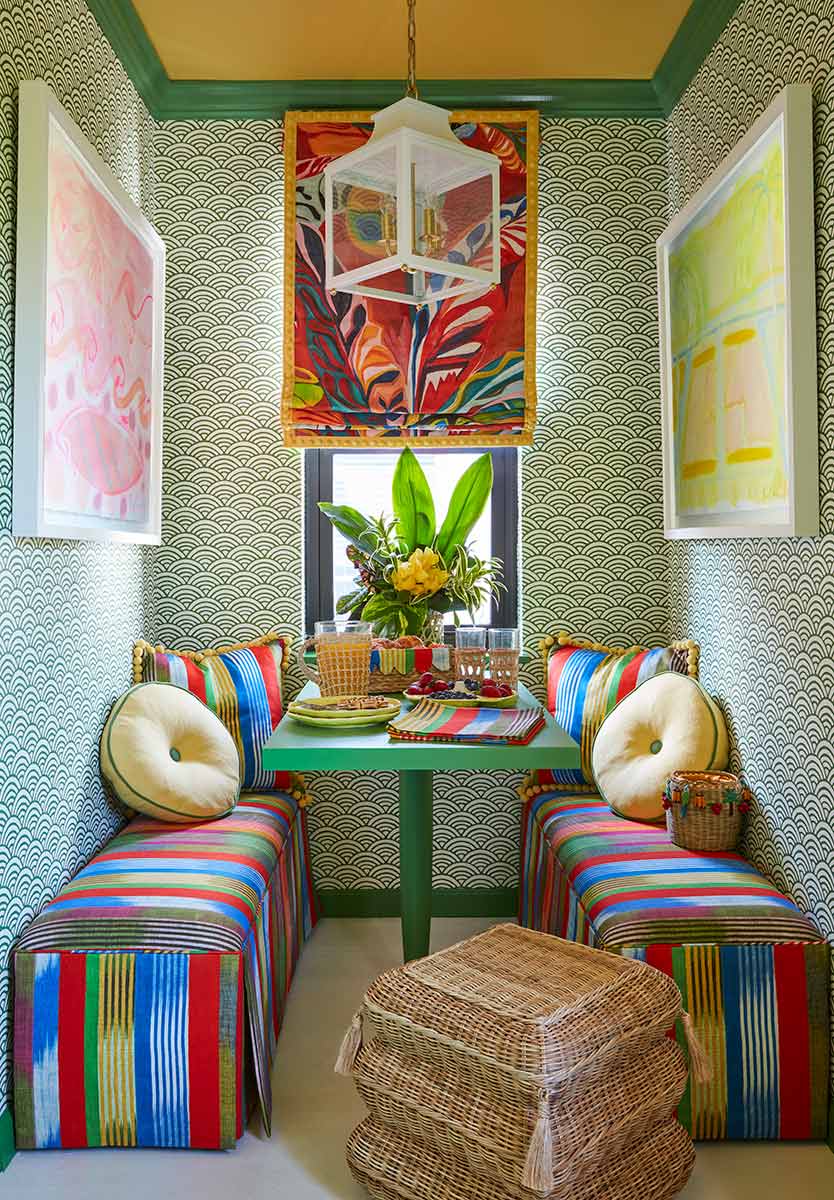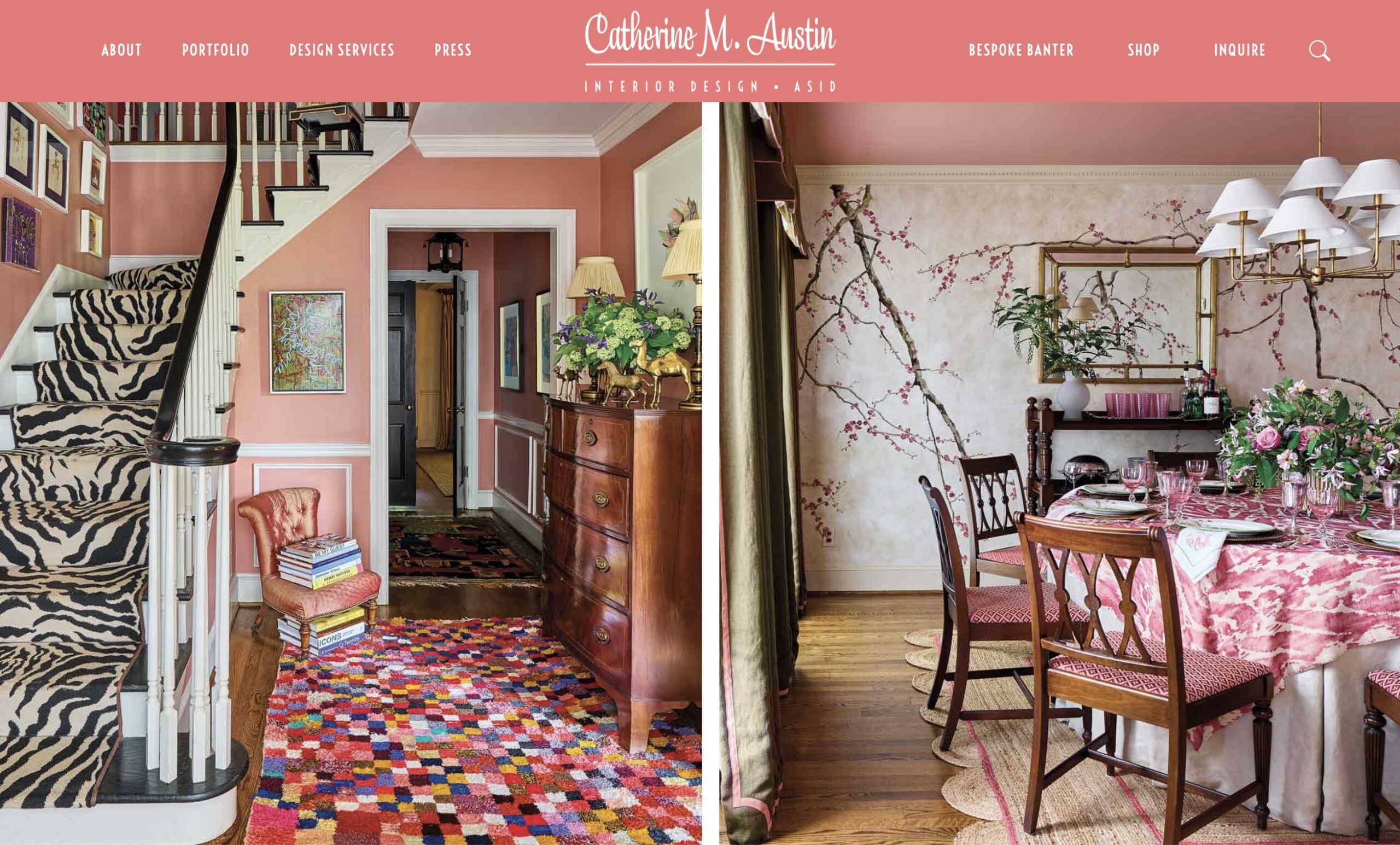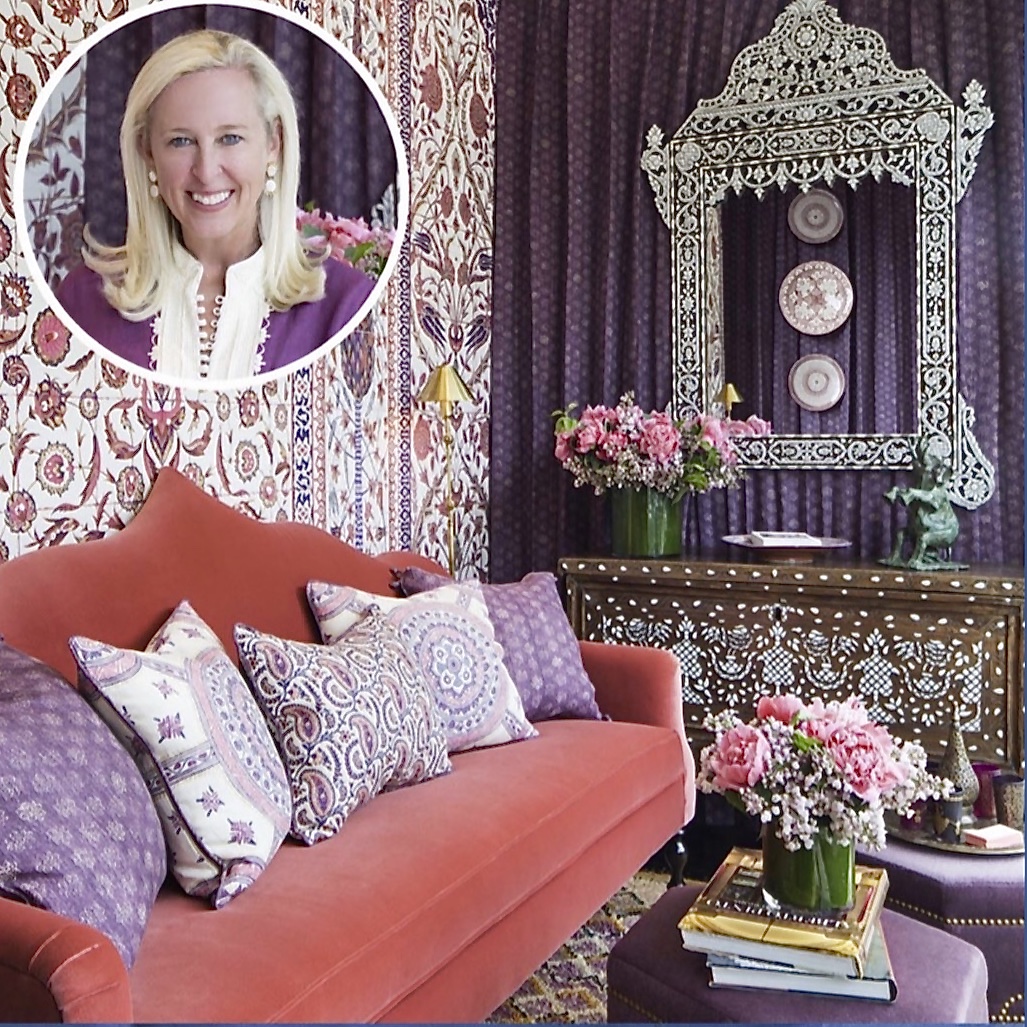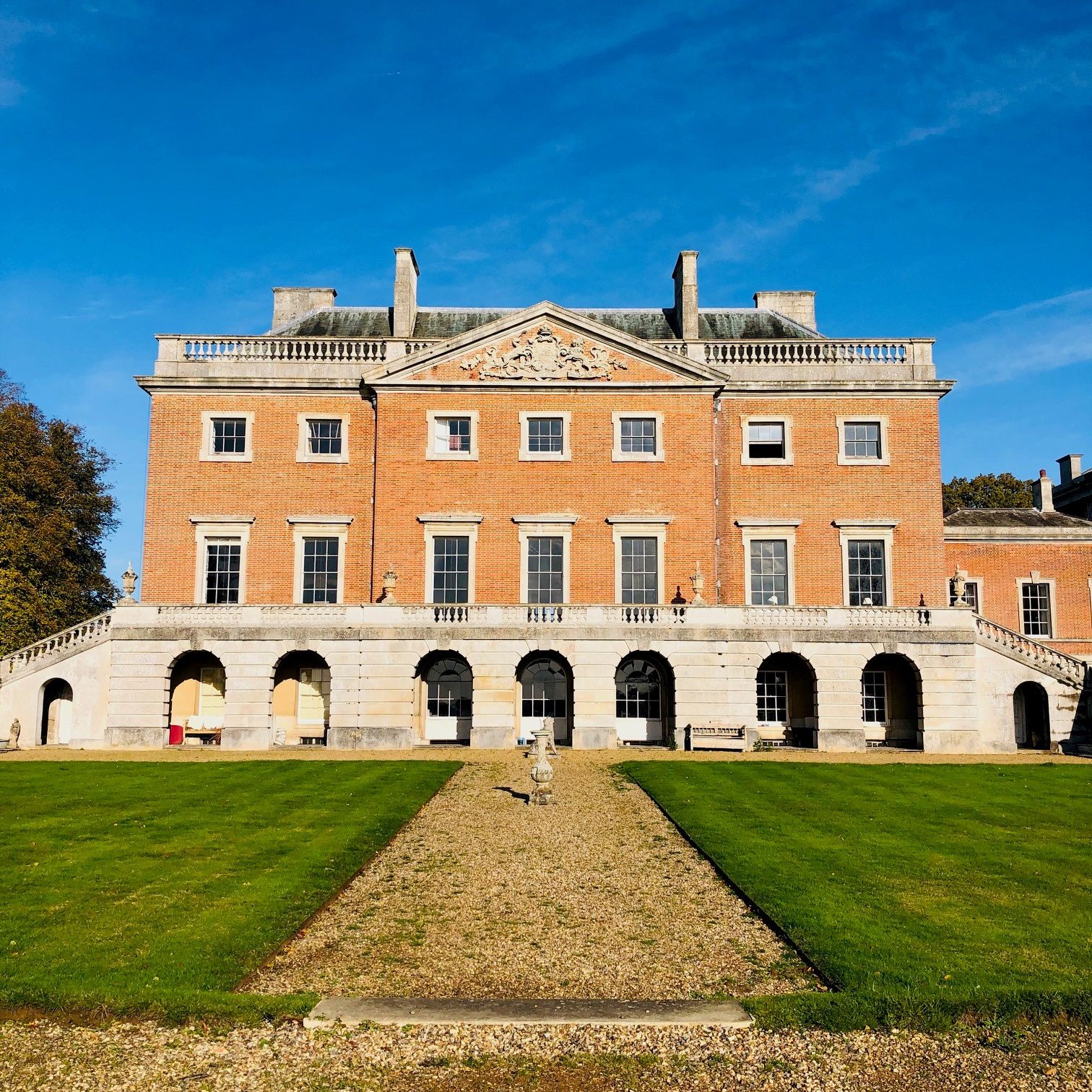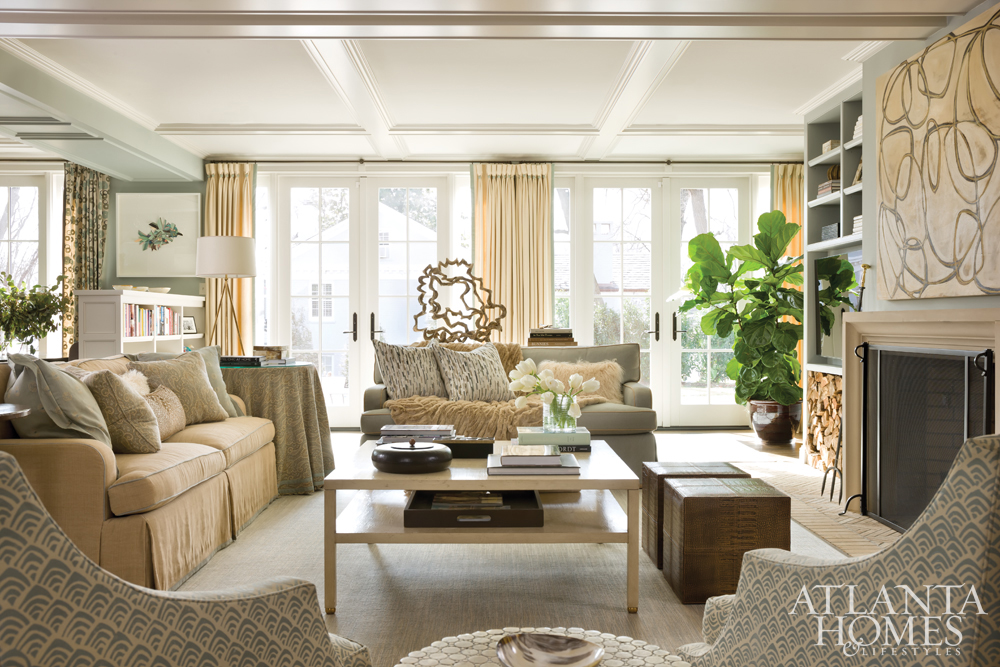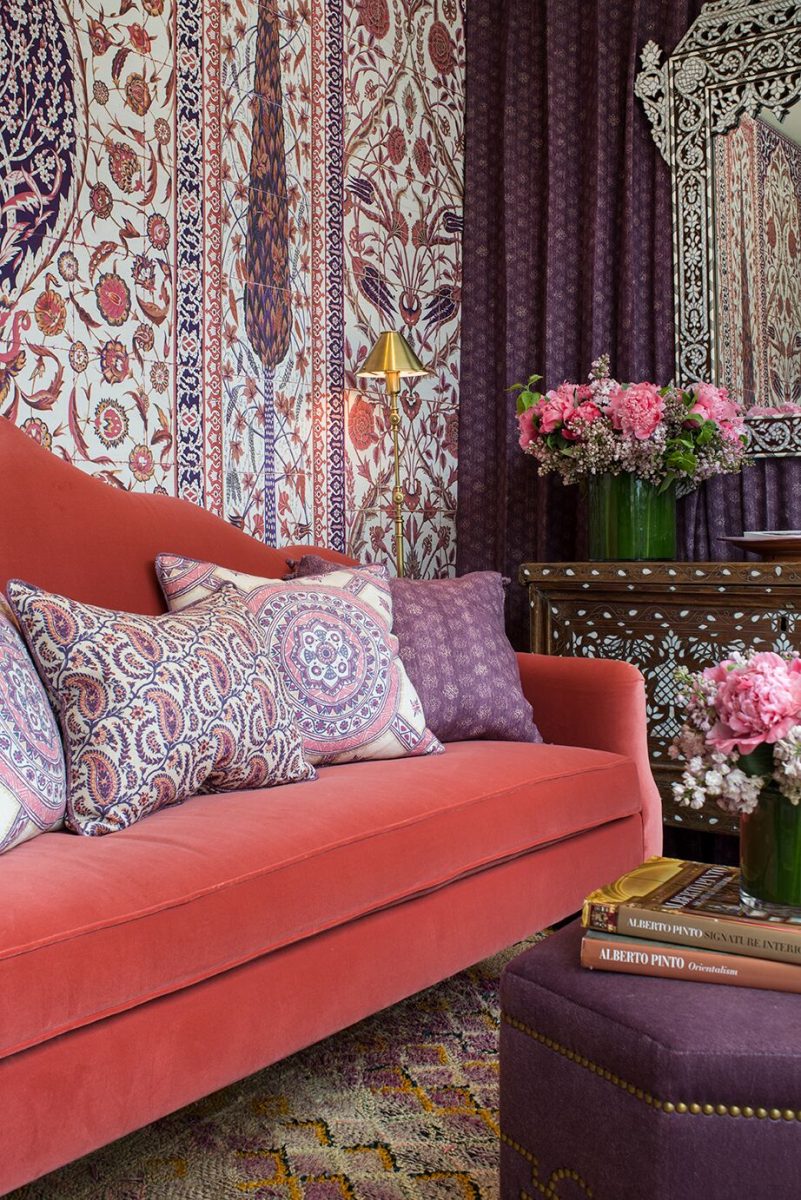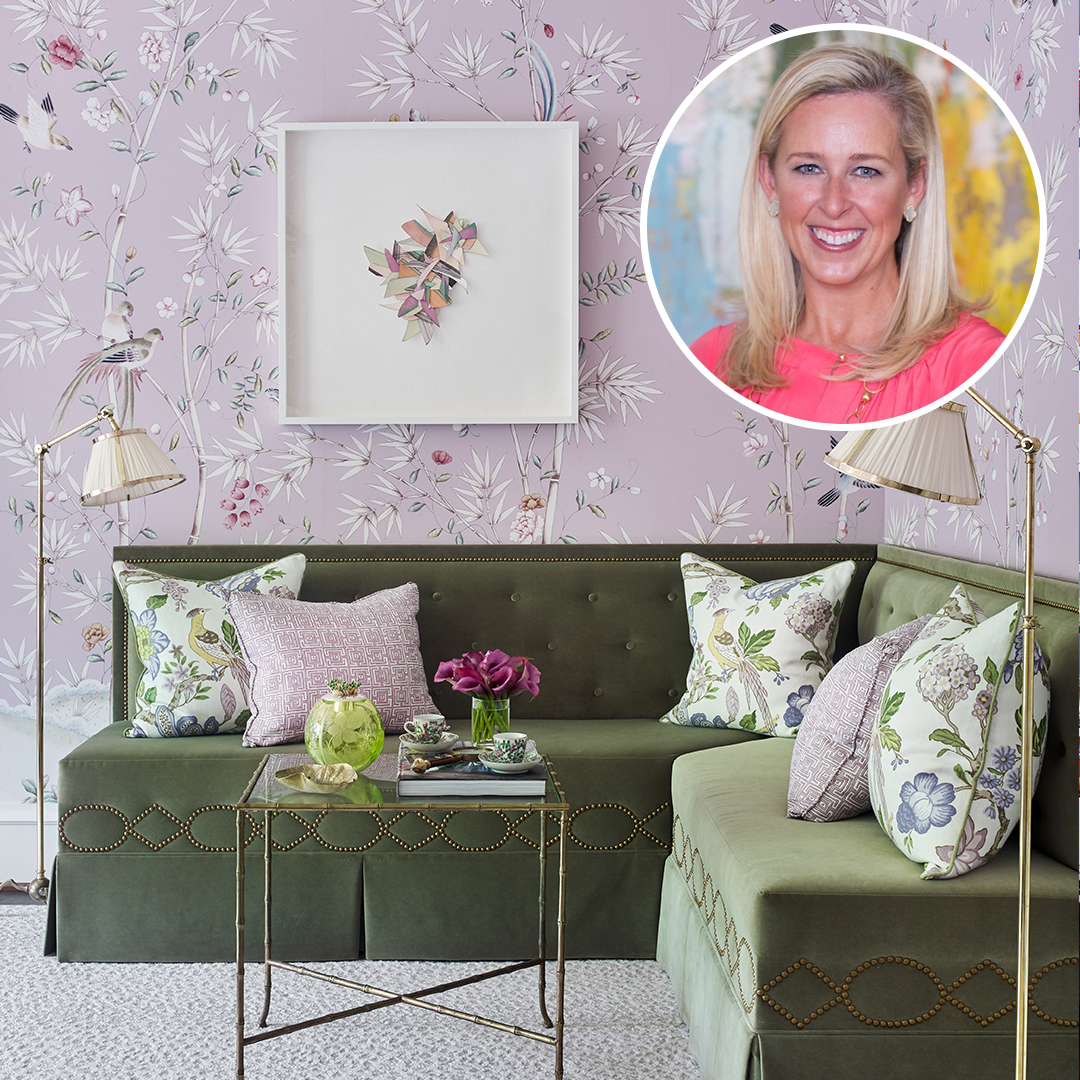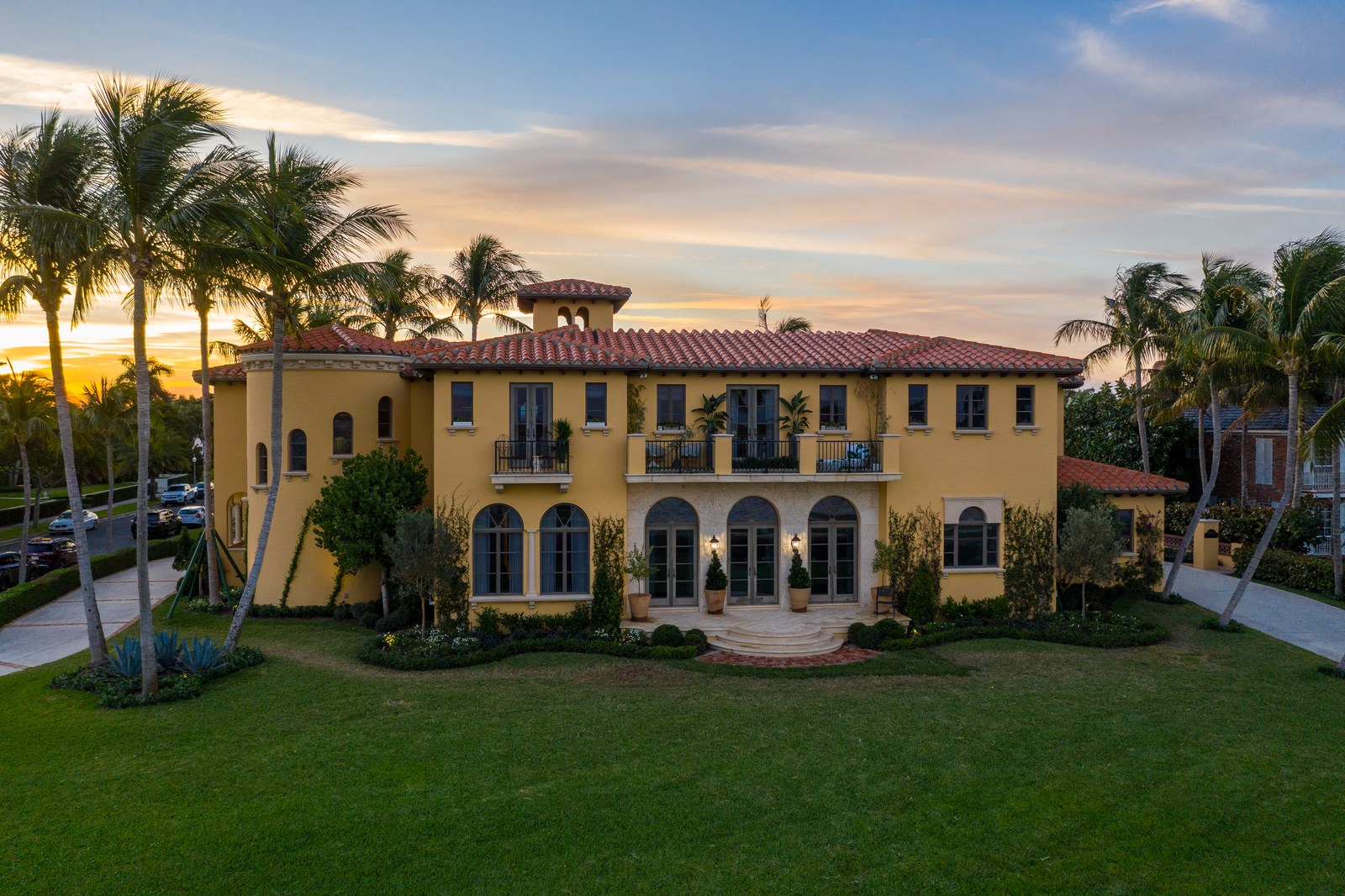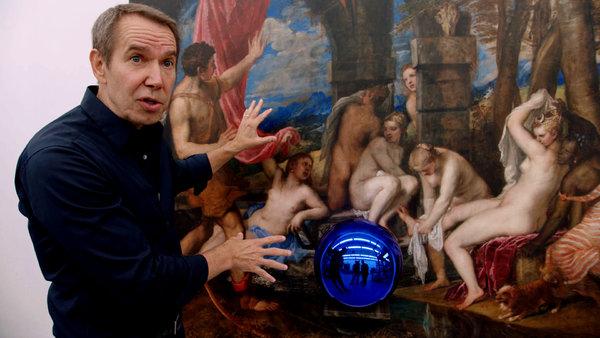“There is good taste—and then, in a stratosphere all its own, there is Agnelli taste…Marella Agnelli is the goddess of style.” –Vogue
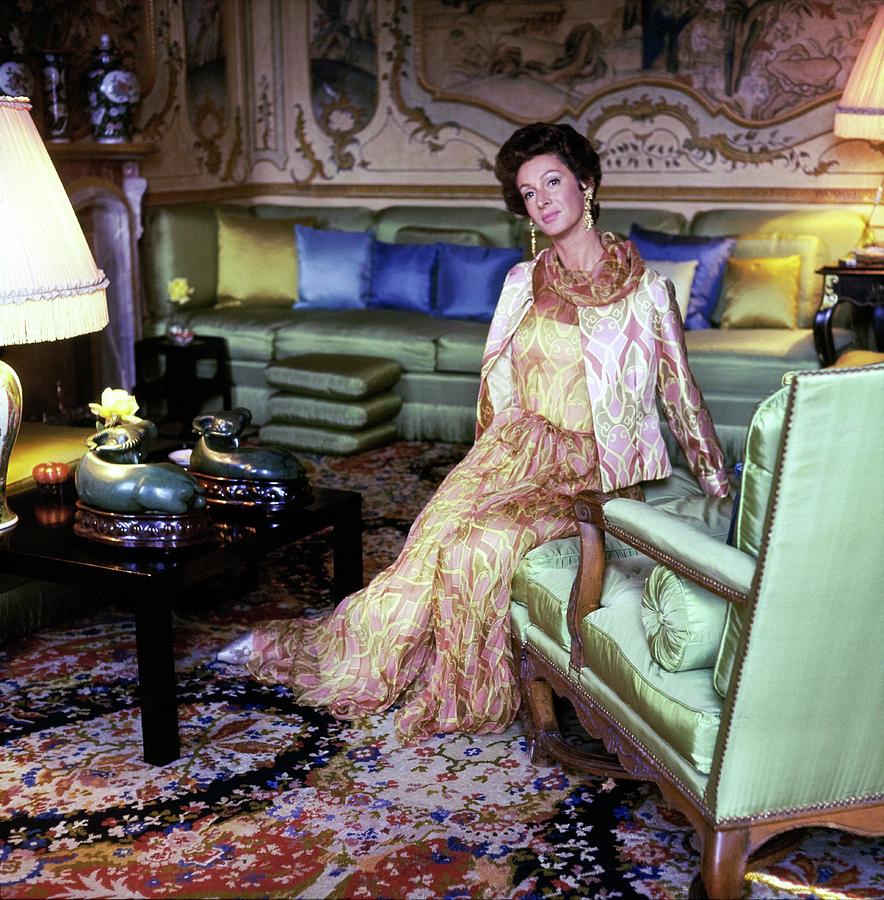
Marella Agnelli at Home, Horst P. Horst, 1967
Regarded as one of the twentieth century’s most glamorous and cultured women, Marella Agnelli led an incredibly fascinating life married to Gianni Agnelli, also known as “the rake of the Riviera,” for his love of fast cars, sailboats, clothing, and beautiful women. Gianni’s sisters introduced him to the stunning Marella and thought she was the only lady suitable for their brother. The famous Agnelli fortune was made In the early 19th century when their father Giuseppe planted mulberry trees for silkworms on his estate in Villar Peroso. This incredibly successful venture led him to launch Fabbrica Italiana di Automobili Torino, aka Fiat. which his son Gianni ran for 30 years.
Richard Avedon nicknamed her “The Swan” in 1953 after taking this iconic portrait of her below. Throughout her lifetime, Marella collaborated with the best artists and designers of her day, offering her gardens and residences as their canvases that spread throughout Turin, Rome, Milan, New York, St. Moritz, and Marrakech. The projects range from classic to ultramodern filled with amazing art and groundbreaking decorating innovations.
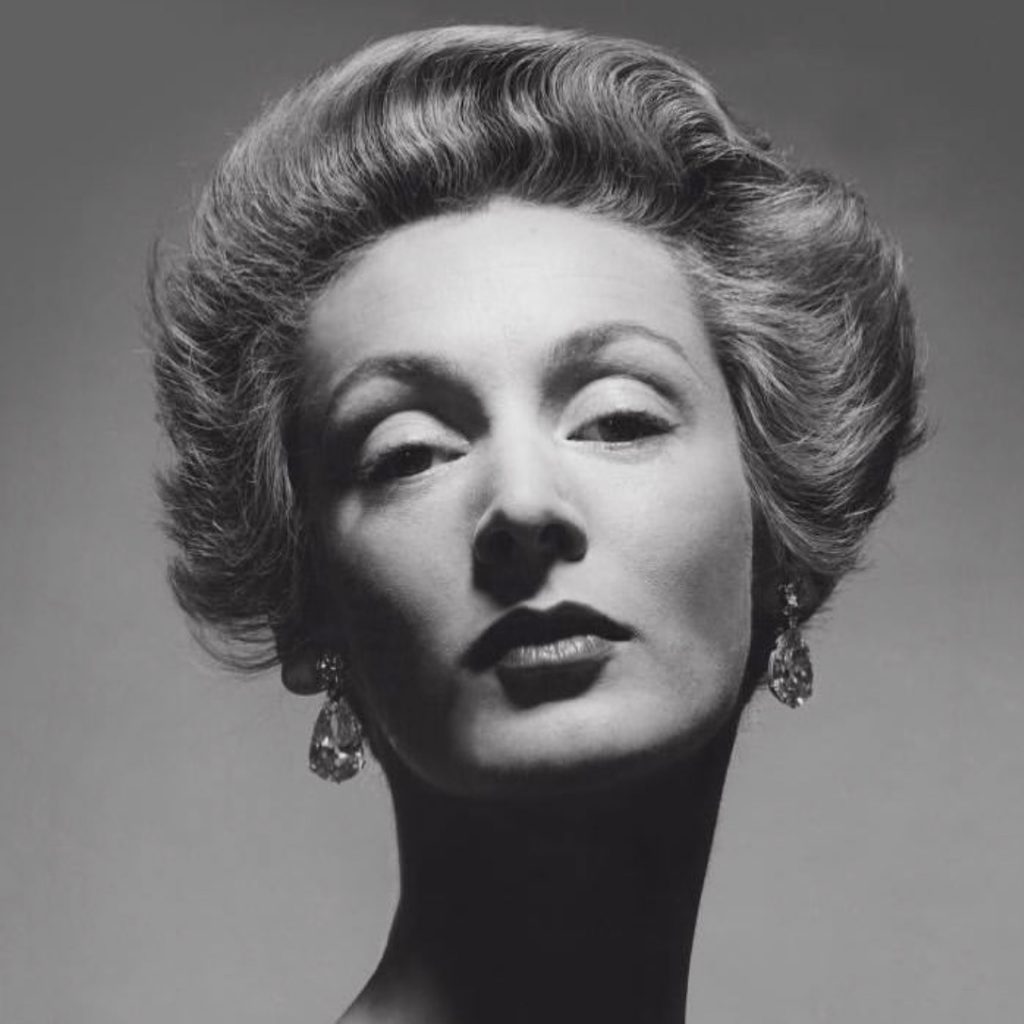
Marella Agnelli, Richard Avedon, 1953
VIA VOGUE MAGAZINE/TEXT BY JASON OWEN
At a housewarming party in the spring of 1970, Hubert de Givenchy whispered to designer Federico Forquet, “This is the only contemporary house I have seen that has true grandeur.” Both were guests at the newly completed Roman residence of Gianni and Marella Agnelli, located across an entire floor of a 19th Century palace on the Quirinal Hill. Although the interior had been completely overhauled by New York designer, Ward Bennett, with its superb art collection – think Balthus and Fontana alongside Giacometti, Modigliani and a life-size, two thousand year old statue of Isis – and Marella’s signature rattan furniture, it remained quintessentially Agnelli in every way.
Groundbreaking at the time for its minimalism, the Roman apartment was just one of a series of magnificent homes created by Gianni and Marella Agnelli, its sense of cultivated contrast a metaphor of sorts for the couple themselves. Both were great fashion icons of the 20th Century – Marella was famously one of Truman Capote’s ‘swans’ and Gianni is described as one of the best dressed men of all time – it is from their homes and gardens that one gleens the greatest insight to the Agnelli style.
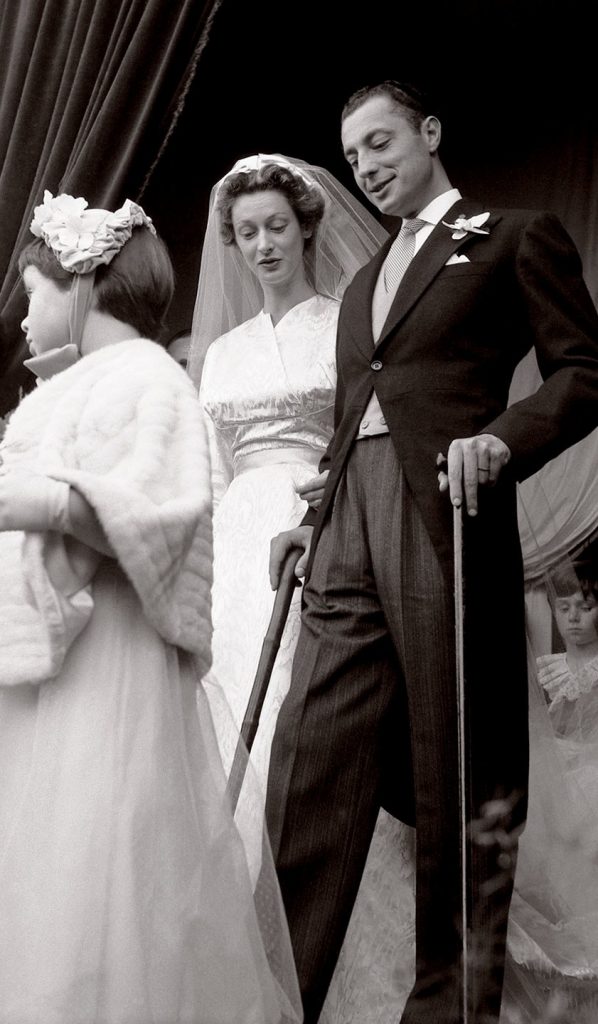
The wedding of Donna Marella Caracciolo di Castagneto and Gianni Agnelli, at the chapel of Osthoffen Castle, outside Strasbourg, November 19, 1953.
© Robert Doisneau/Gamma-Rapho.
The story begins in 1953: Gianni, heir to the Fiat fortune, married Marella Caracciolo di Castagneto, daughter of Filippo Caracciolo, 8th Principe di Castagneto and 3rd Duca de Melito and Illinois whiskey heiress, Margaret Clarke. Not long into the marriage, Venetian society matron Contessa Volpi told the young bride, “You must come and see me. I hear that you don’t know how to run a home. Remember my dear girl, all one needs to catch a husband may be a bed, but it takes a whole house to keep one!” Perhaps heeding her advice, Marella employed Stéphane Boudin of Maison Jansen to oversee the restoration of the Agnelli country house at Villar Perosa (their close friends, the Kennedys would go on to use Boudin to redecorate the White House the following decade). On Boudin’s suggestion, British landscape architect, Russell Page was brought in to overhaul the expansive gardens. Mystical and brilliant in equal measure, Page was to become a friend and mentor to Marella and ignite her lifelong love of gardens.
VILLAR PEROSA / DESIGN BY STÉPHANE BOUDIN OF MAISON JANSEN
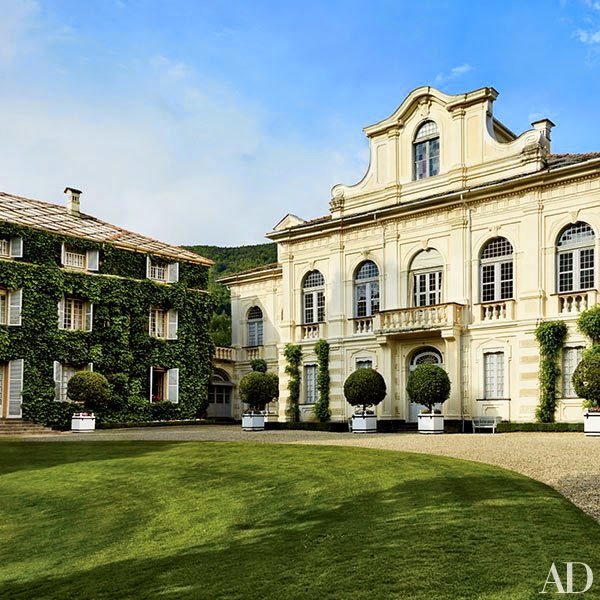
Adjacent to the original 1730s house, attributed to architect Filippo Juvarra, is the vine-covered children’s wing, constructed in the 1920s.
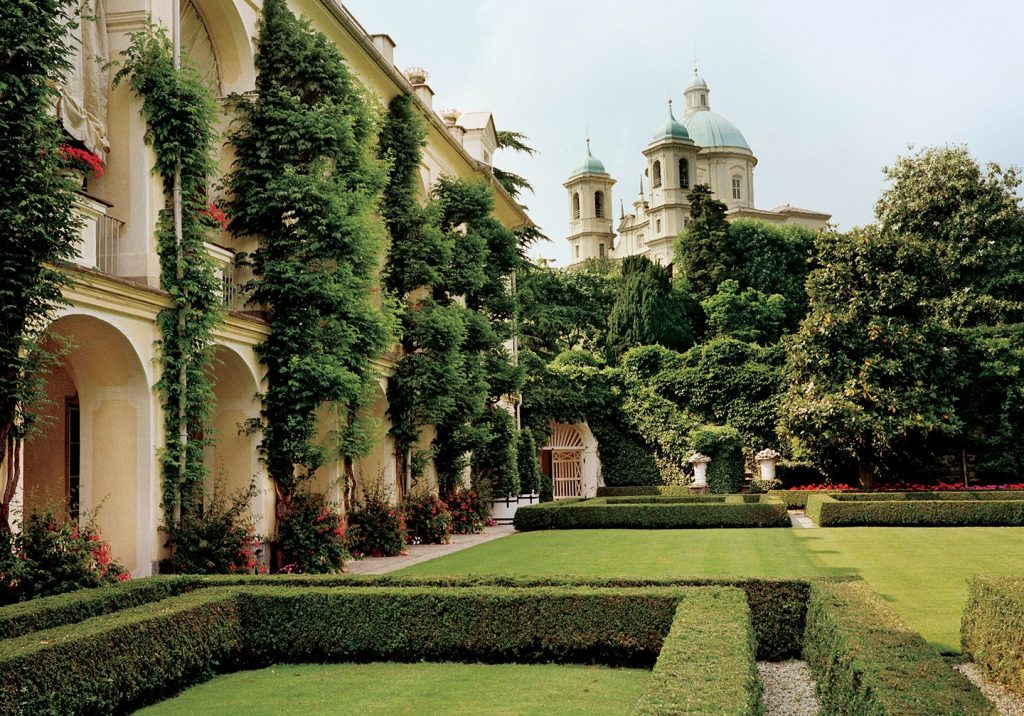
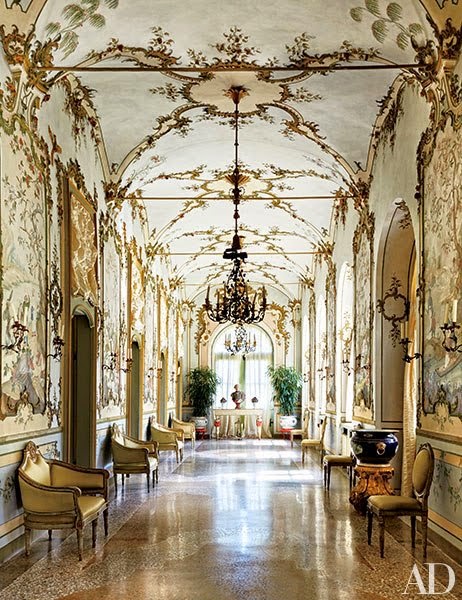
The flamboyant Chinese Gallery is the centerpiece of Villar Perosa, the 18th-century Northern Italian estate that has been style leader Marella Agnelli’s country home since 1953. She restored the vaulted space with the help of French decorator Stephane Boudin.
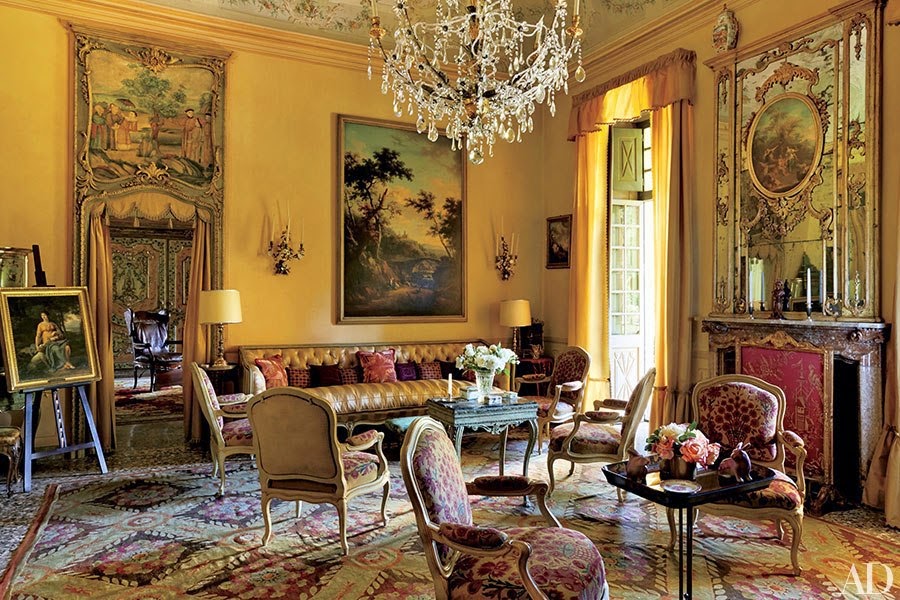
An 18th-century landscape by V. A. Cignaroli surmounts a sofa in another salon, while the easel holds a painting of the Marchioness of Prie, a former owner of the villa; the carpet is an antique Aubusson.
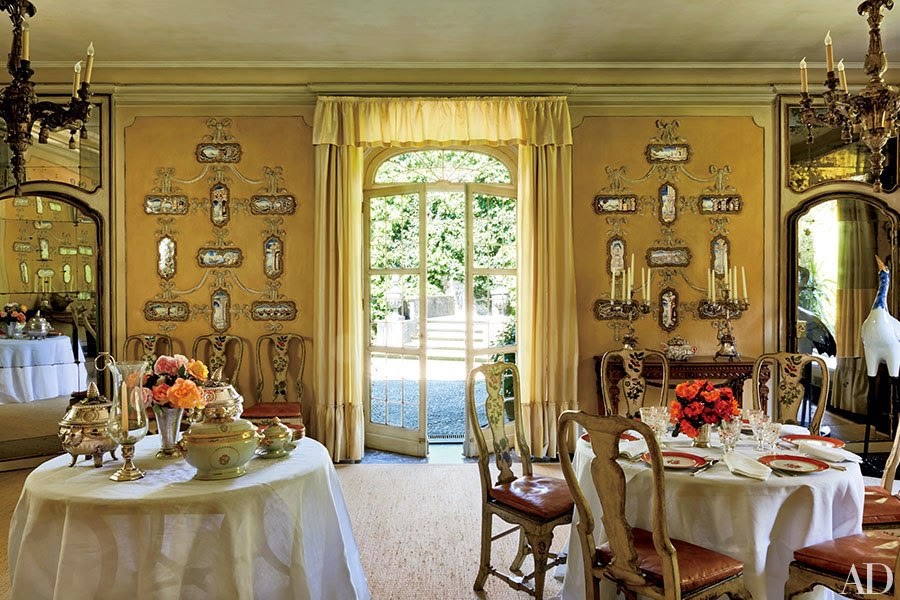
Majolica plaques ornament the walls of a dining room; the furnishings are antique.
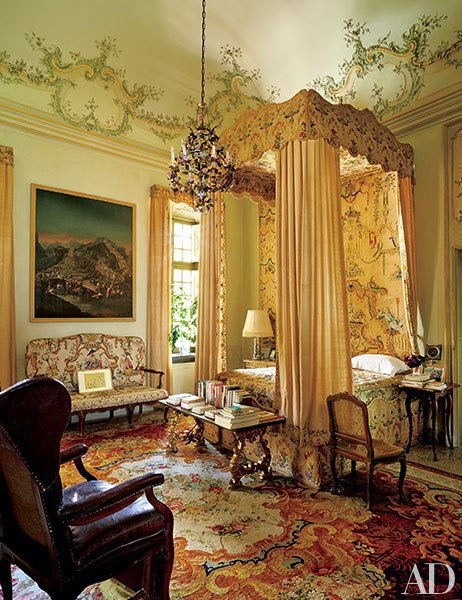
For more than three decades, her husband, Gianni Agnelli, slept in this grand room on the piano nobile; the 18th-century bed is curtained with embroidered fabric of the same period.
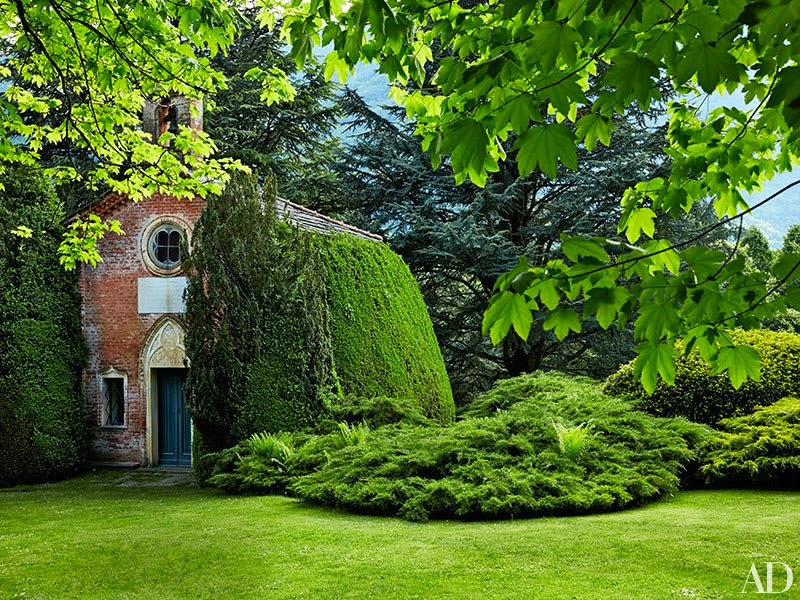
Yews and boxwood embrace the Gothic Revival family chapel.
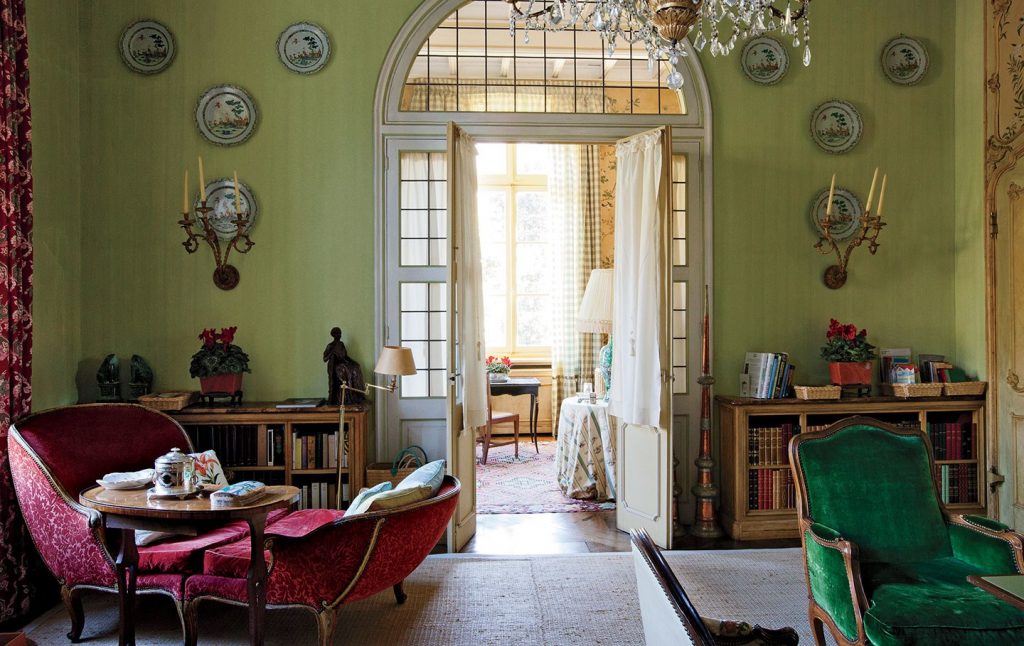
The private study of Marella Agnelli
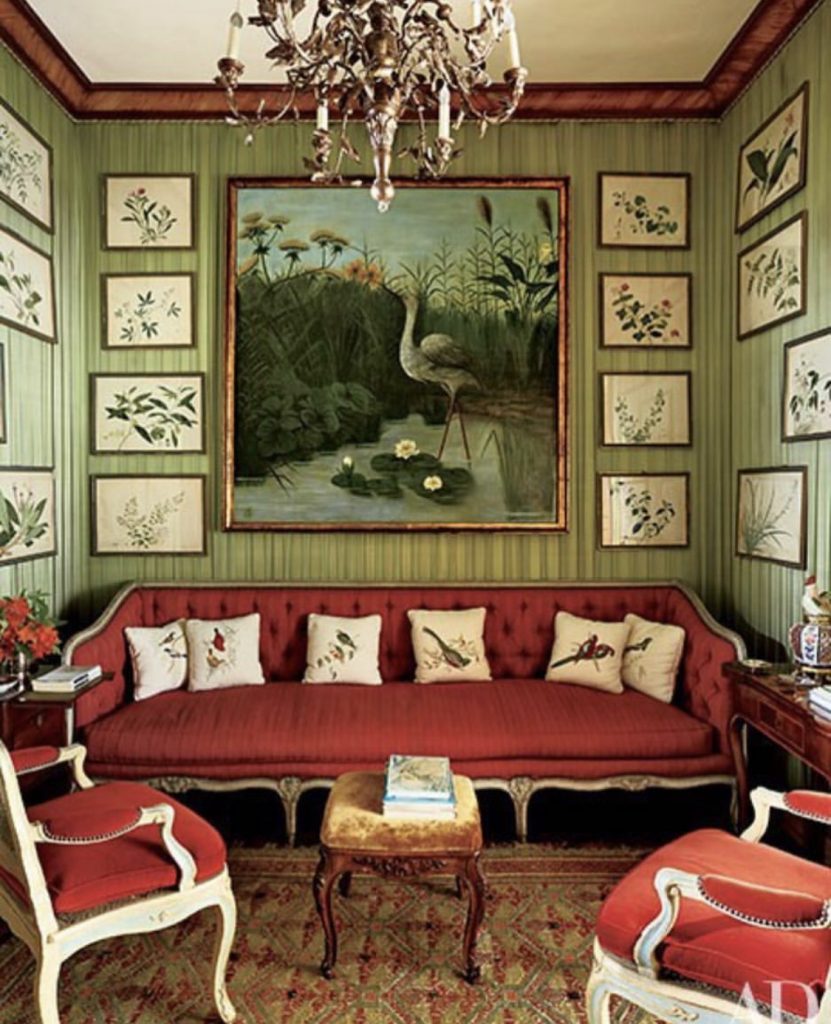
Finely pleated fabric lines the television room; an 1880s Louis Vivin painting of a heron hangs above the antique sofa, amid 19th-century botanical illustrations.
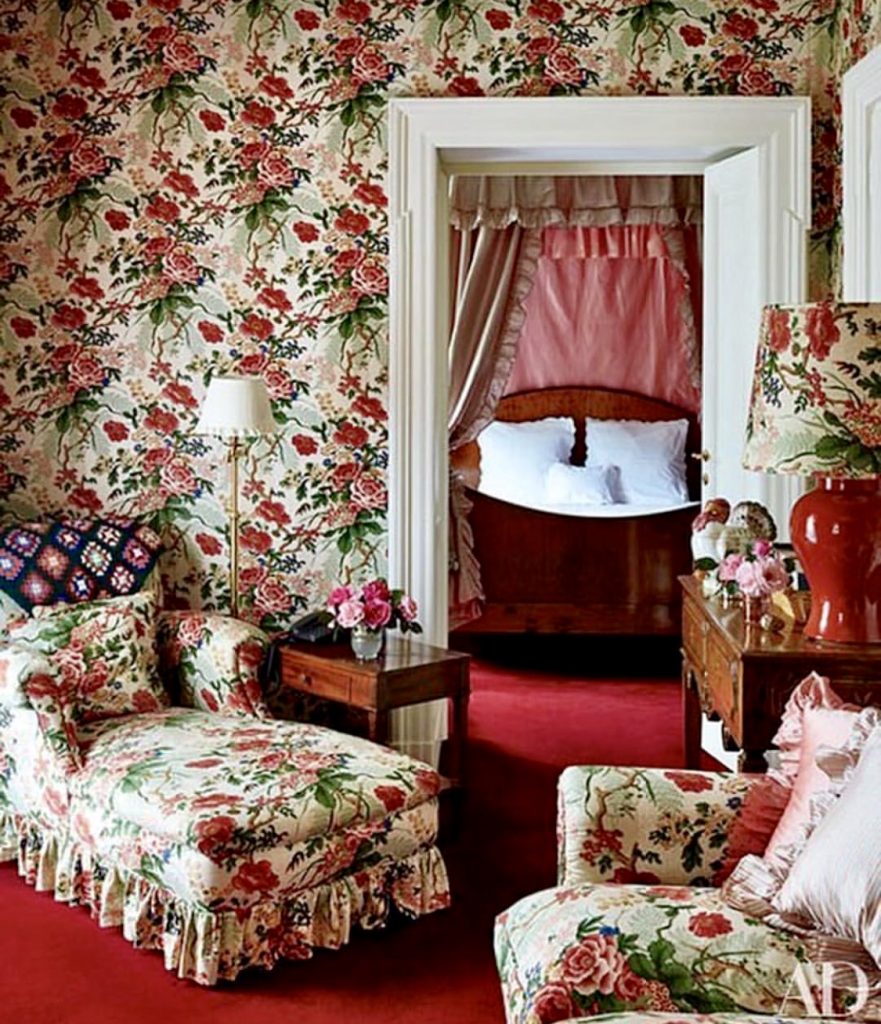
On the top floor, the suite belonging to Marella Agnelli is embellished with a lively floral pattern.
MILAN APARTMENT/ ARCHUITECTURE BY GAE AULENTI
Over five decades, from Turin to Milan, Rome, St. Moritz, New York, Corsica and, ultimately for Marella, Marrakech, the Agnellis would collaborate with some of the greatest designers of the 20th Century on their residences, often with diametrically opposing styles. The Milan apartment, designed by architect, Gai Aulenti around Gianni’s collection of 1960’s art, included several Francis Bacons, a full flock of Lalanne sheep, and Lichtenstein’s iconic In the Car (1963), above an industrial table from his Fiat factory that looks like it could have been the precursor to the Memphis movement. Villa Frescot, on the other hand, was made over in a far more romantic, whimsical style by Renzo Mongiardino, it’s patterned rooms and pretty, Russell Page-designed garden paying homage to the Piedmont of the 18th and 19th Centuries. It was Marella’s feminine yang to the masculinity of Gianni’s yin.
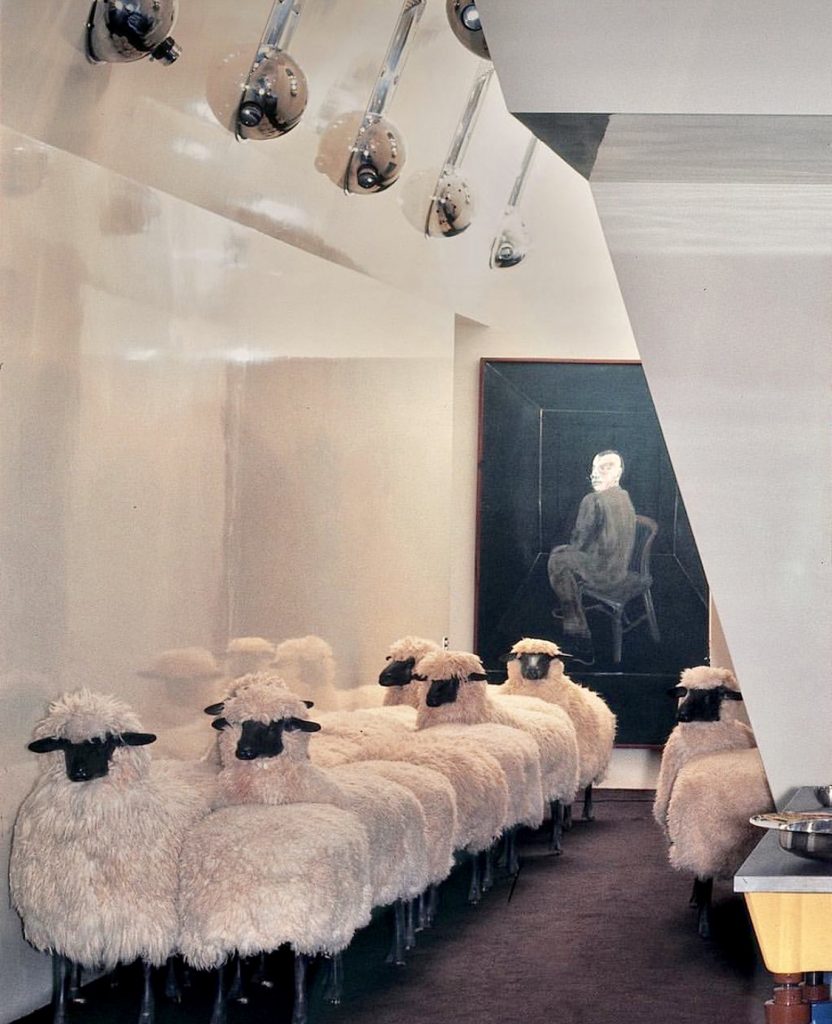
A flock of Lalanne sheep in front of a Francis Bacon painting
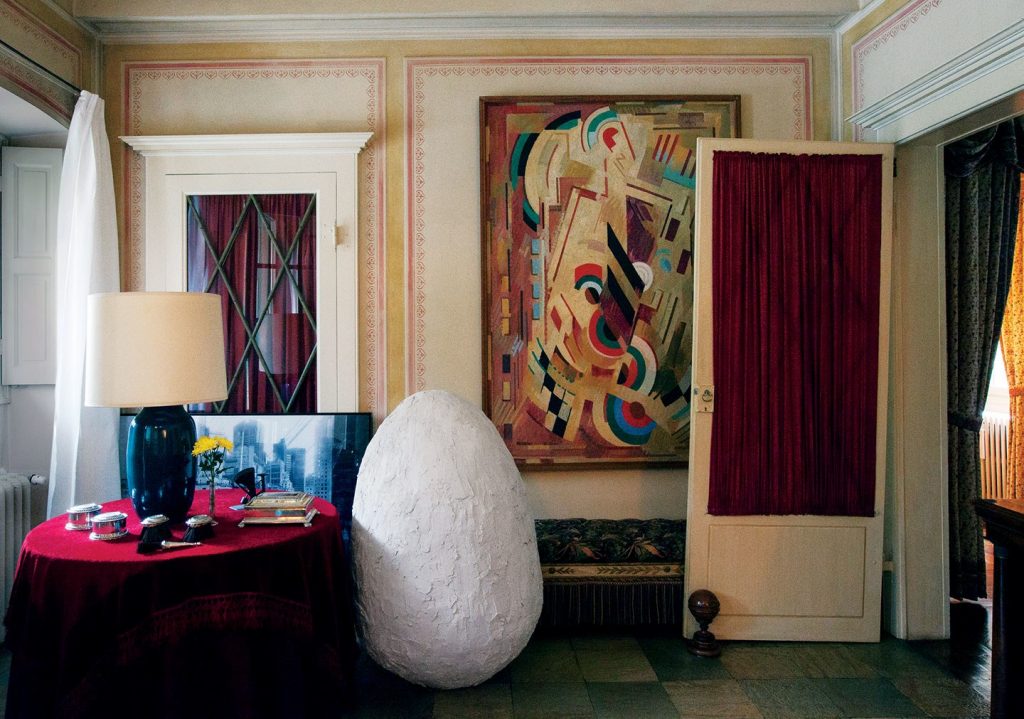
VILLA FRESCOT/ DESIGN BY RENZO MONGIARDINO
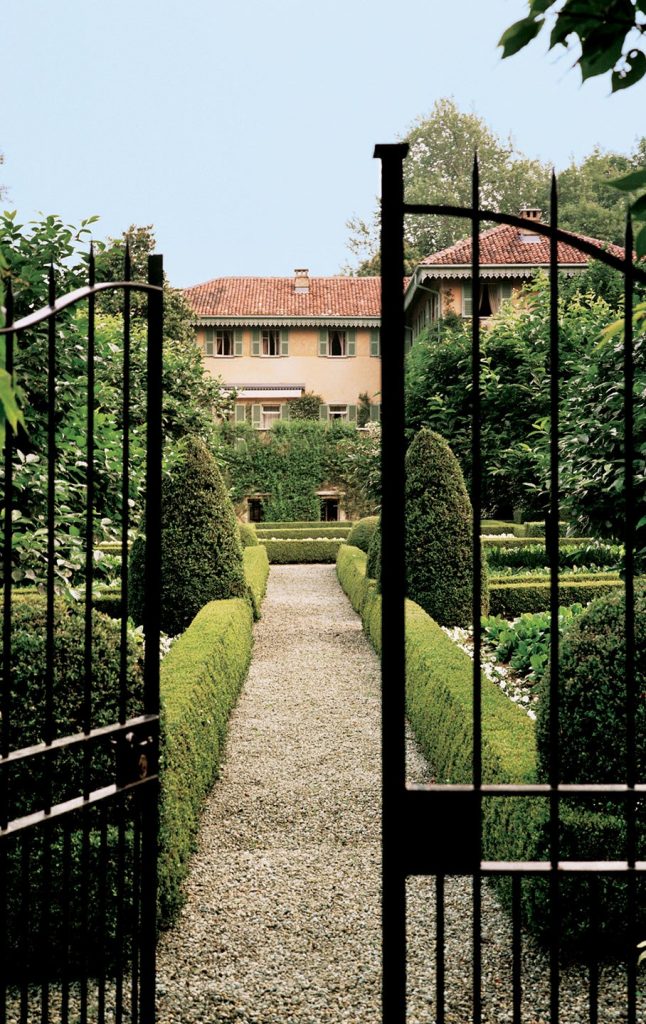
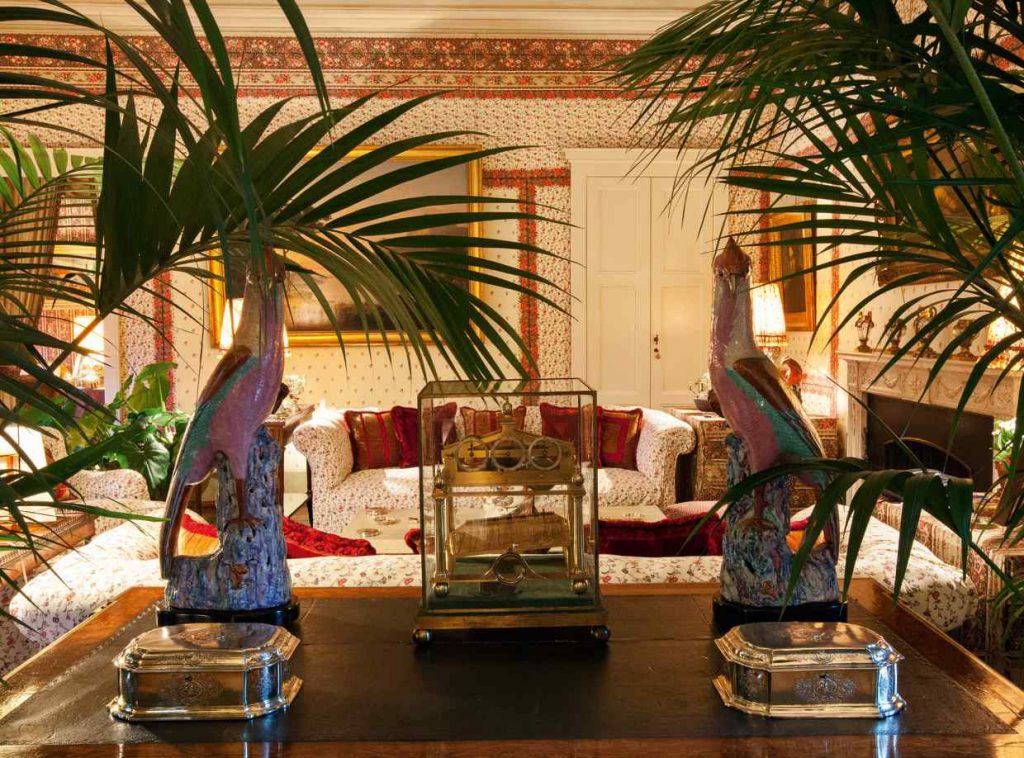
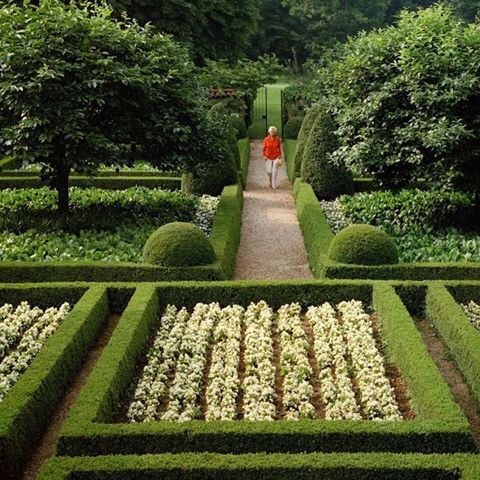
But despite differences in/of stylistic vocabulary there was always a common thread: an undogmatic approach to whatever they did. Why couldn’t valuable paintings hang in rooms with a straw mat? It was primarily this approach that defined the Agnelli style – theirs was a way of life, in which they brought together the highly sophisticated and the rustic; the traditional and the modern; the Italian and the international. There was no greater symbol of modern Italy than the Agnellis, their dynamic spirit reinvigorating a nation that had struggled to recover from World War II – an Italian Camelot, of sorts.
In need of a project following Gianni’s death in 2003, Marella bought a house outside Marrakech that had been built by a member of the Tolstoy family in the 1920’s. Dilapidated and neglected, Ain Kassimou was brought back to life by a team that included Aulenti, interior decorator Alberto Pinto and landscape architect Madison Cox. With its synergy of traditional architecture and crafts, North African planting and all things Agnelli, its scale and magic not only speaks volumes of Marella’s character and sense of adventure – she was then in her late seventies – but also to a sensibility so natural and refined.
AIN KASSIMOU/ ARCHITECTURE BY GAE AULENTI/ INTERIOR DESIGN BY ALBERTO PINTO/ GARDEN DESIGN BY MADISON COX
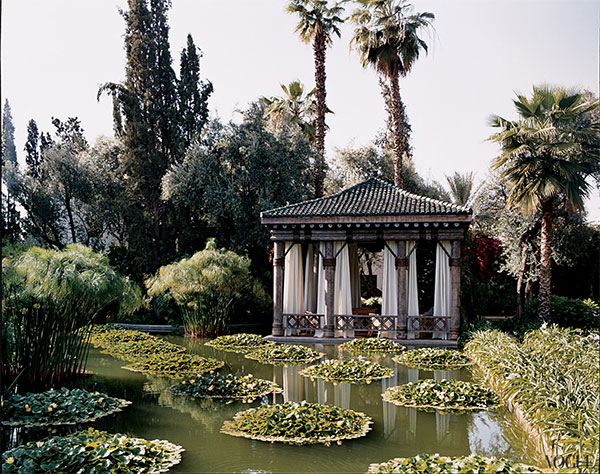
Bill Willis created the pool pavilion while Madison Cox created the lake full of water lilies.
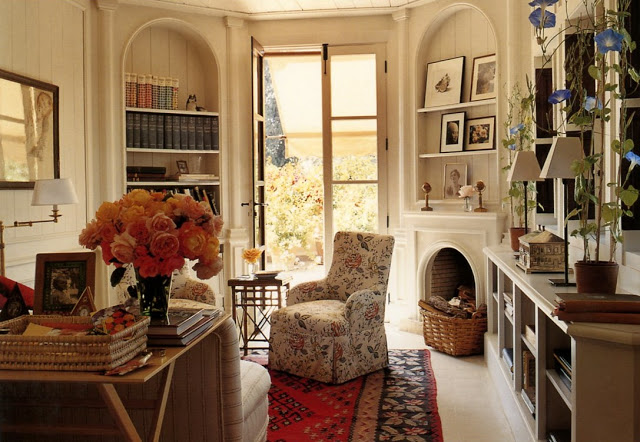
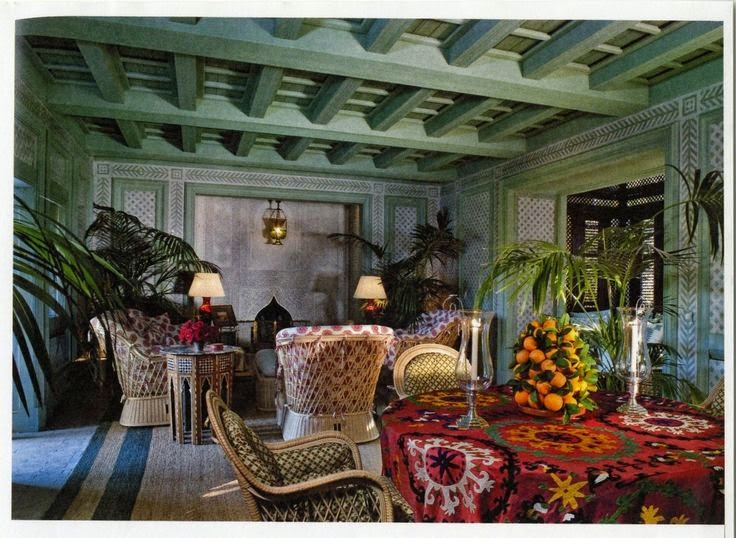
Interiors by Alberto Pinto
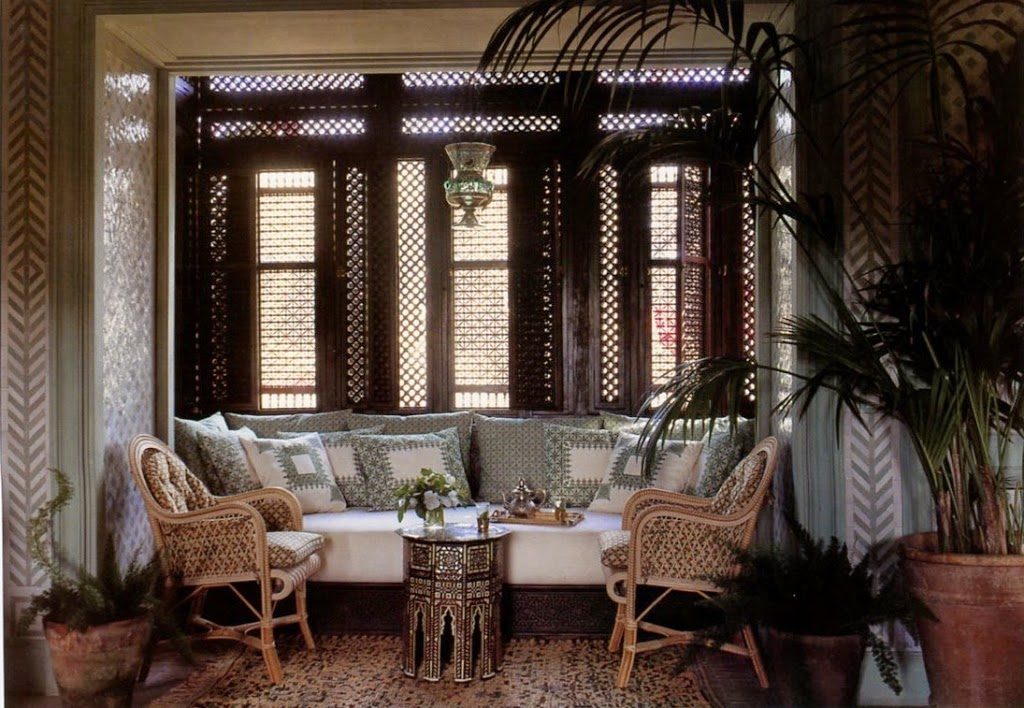
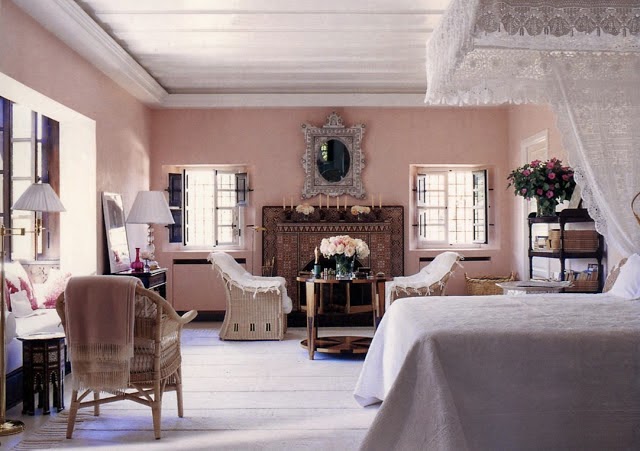
The master bedroom
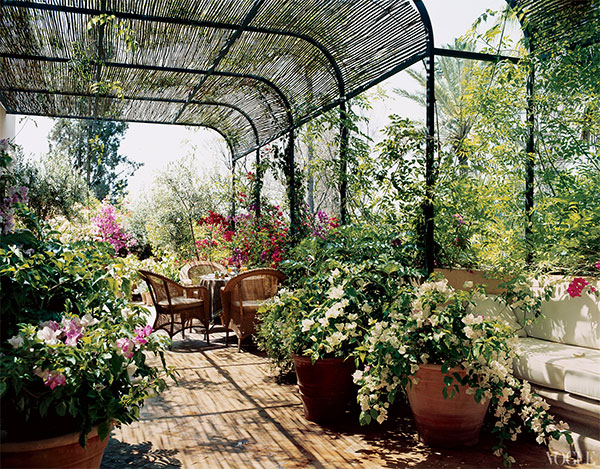
The terrace of the master bedroom suite features a split bamboo pergola and bougainvillea.
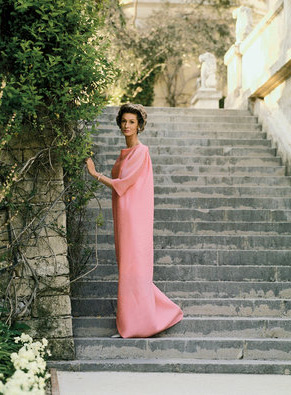
Click on each image below to take you to the book on Marella and the HBO documentary on Gianni.
Images via Architectural Digest unless otherwise noted.

